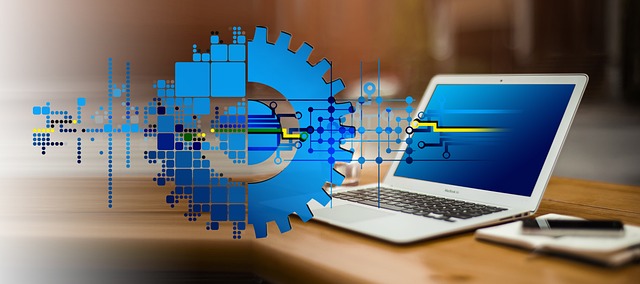
Revolutionizing IT with Hardware: The Impact of Digital Transformation on Information Technology
In today’s rapidly evolving technological landscape, digital transformation stands at the heart of reshaping how information technology (IT) operates. As organizations strive to adapt to the digital age, the integration of innovative hardware solutions is proving to be a cornerstone of this transformation. From smarter servers to high-performance computing systems, hardware advancements have become vital enablers of IT strategies across various industries.
Digital transformation is not merely a buzzword; it embodies a fundamental shift in how businesses leverage technology to improve operations, customer experiences, and overall productivity. In the realm of hardware, this means deploying solutions that enhance speed, efficiency, and capacity. For instance, the advent of cloud computing allows organizations to harness vast server networks to store and process data more efficiently than ever before. The implications of such technological advancements are profound, making it essential for IT departments to stay ahead of the curve.
One of the significant impacts of digital transformation on information technology is the move towards automation. With modern hardware equipped with artificial intelligence and machine learning capabilities, repetitive tasks that once consumed valuable time and resources can now be automated. This shift enables IT teams to focus on strategic initiatives rather than mundane operational chores, fostering a more innovative work environment. Moreover, the ability to analyze vast amounts of data in real-time gives businesses a competitive edge, allowing them to make informed decisions swiftly.
Another pivotal aspect of digital transformation is the migration to remote work infrastructure. The pandemic acted as a catalyst for organizations to rethink their IT strategies, resulting in a greater reliance on mobile computing and collaboration tools. Hardware like laptops, tablets, and high-resolution webcams has rapidly become essential for seamless communication and productivity in remote settings. As a result, IT teams are now tasked with ensuring that these devices are not only functional but also secure, protecting sensitive information from an array of cyber threats.
Furthermore, the constant demand for higher performance is pushing the boundaries of hardware capabilities. The rise of big data analytics and the Internet of Things (IoT) necessitates robust hardware solutions that can handle large-scale data processing while maintaining performance. Organizations must invest in cutting-edge equipment to support their IT infrastructure, ensuring they can capitalize on insights and trends that arise from data analytics.
The advent of supercomputing and edge computing technologies illustrates how hardware is evolving in response to digital transformation needs. Supercomputers, capable of performing trillions of calculations per second, are becoming integral to research, climate modeling, and advanced simulations. Similarly, edge computing minimizes latency by processing data closer to its source, making it ideal for applications like smart cities and autonomous vehicles. This hardware evolution allows for faster and more efficient data processing, resulting in improved business operations.
As businesses continue to prioritize digital transformation, the role of hardware in IT will only grow more significant. The focus on interoperability and integration will facilitate smoother transitions to newer technologies, allowing organizations to innovate continuously and stay relevant in a competitive landscape. Implementing hardware solutions that align with digital transformation goals will provide a strong foundation for fostering customer-centric services and streamlined processes.
In conclusion, as organizations embark on their digital transformation journeys, investing in innovative hardware solutions will be pivotal to success. The synergy between hardware advancements and information technology is crucial for enabling businesses to thrive in this ever-changing landscape.



